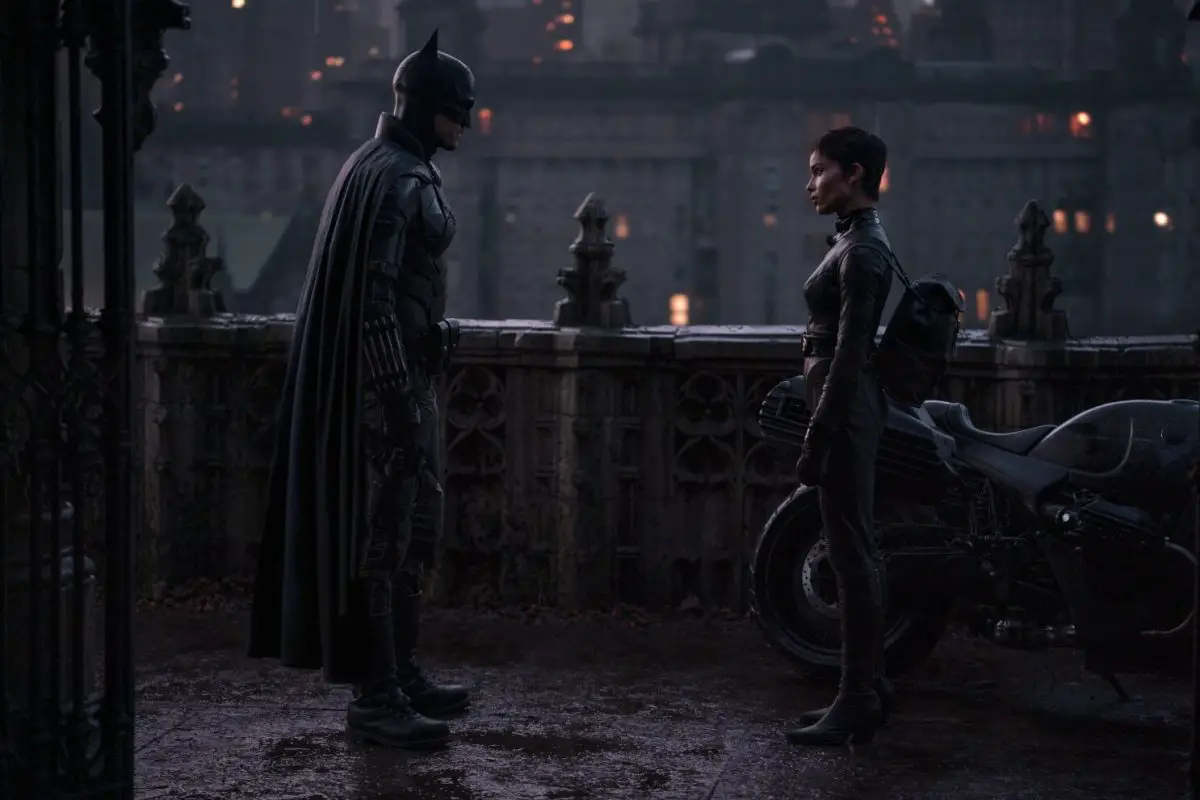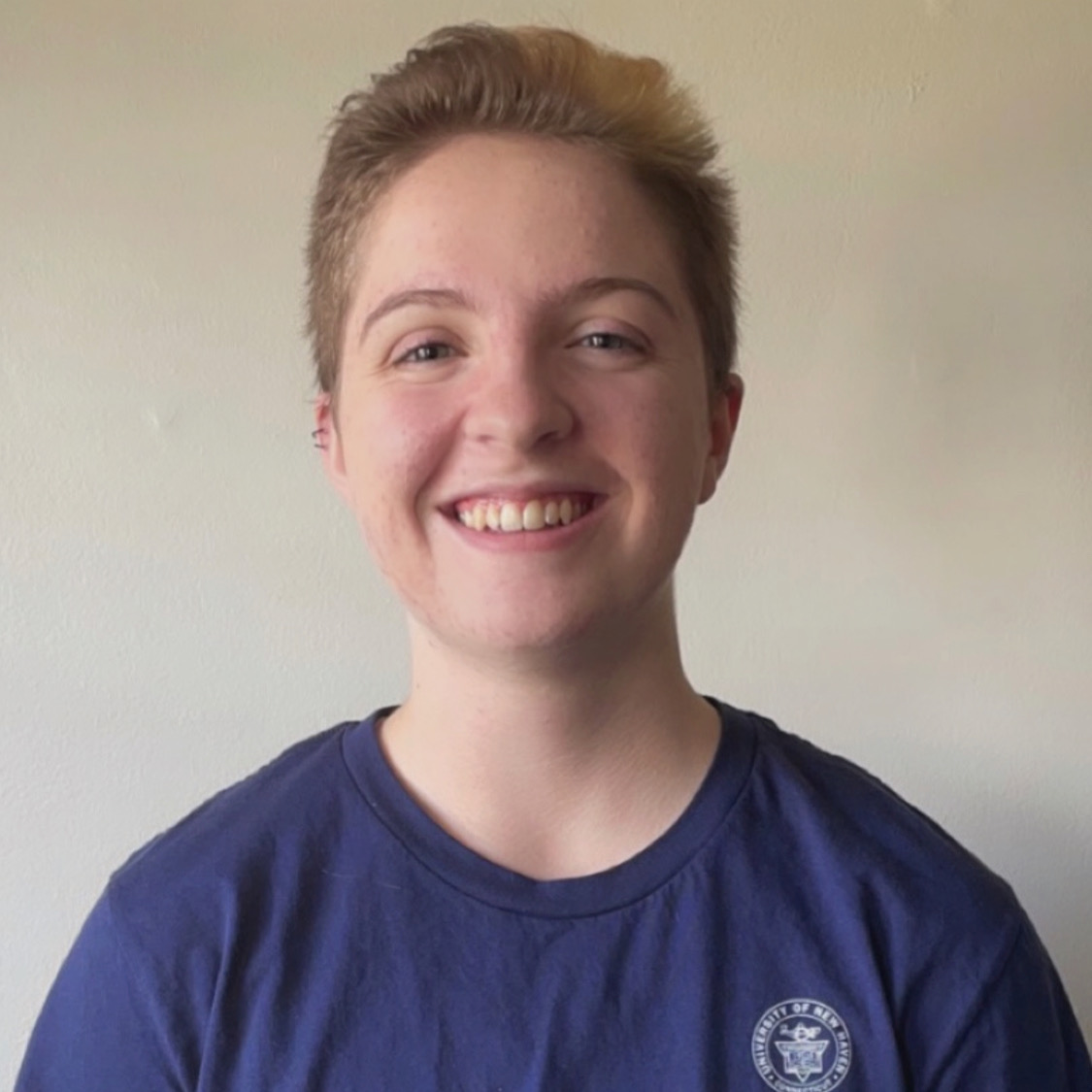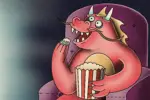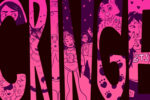It’s an understood rule in storytelling that if a reader needs to check the back of the book to count how many pages they have left, the author is doing something wrong. The same can be said for movies. If a viewer goes to look at their phone to check the time, the director has probably done something to lose their interest.
For most of film history, 90 minutes has been the standard runtime for major motion pictures. Even the first movie with synchronized sound, “The Jazz Singer” (1927), had that golden duration of 1 hour and 28 minutes. Many movies can be measured down to the second according to the traditional three-act structure: half an hour for the first act, an hour for the next and half an hour for Act 3. Even in movies that stretch a bit longer, these proportions are relatively consistent and ensure that the plot is always moving forward.
People often refer to a movie’s pacing when discussing this element of the viewing experience. Ideally, each segment of the movie shouldn’t outstay its welcome or be cut too short. If the pacing is consistent, a movie can be however long it needs to be. Contrastingly, it could even be just a handful of minutes.
Even still, if you put good pacing aside, are three-hour movies ever necessary? They are becoming more and more common in recent years, with the precedent arguably being set by the “Lord of the Rings” trilogy. In order, the three movies have runtimes of 2 hours and 57 minutes, 2 hours and 58 minutes and a whopping 3 hours and 30 minutes. Each film has an adoring fan base and, collectively, they are heralded as some of the best films of all time, but do they hold audiences’ attention?
Many argue that films like those set in the “Lord of the Rings” universe need to be longer because they are adaptations of epic novels. The combined length of the entire book trilogy is just under 600,000 words. To put that in perspective, the longest Harry Potter novel, “Harry Potter and the Order of the Phoenix,” is just over 200,000 words. It takes time to create an honorable screen adaptation, and if certain things from the original are cut out to create a more enjoyable viewing experience, some die-hard fans might become fussy about changes to the original material. There needs to be a trade-off here. If you want the same story as the novels, go read the novels. A movie doesn’t have to follow a book beat by beat to be a faithful adaptation.
Accomplishing this isn’t impossible, but it does depend on how you choose to rework the movie adaptation of the book. Using the previous example of “Order of the Phoenix,” the movie adaptation of that novel was just over two hours. Plot elements must be sacrificed, but the key difference here is that books are not consumed the way that movies are. While they both follow similar storytelling structures, novels are typically not read in one sitting, and the whole reading experience is built over a longer period. It would probably take an average of about 14 hours for someone to read through the entirety of “Order of the Phoenix,” and during that time, they are slowly digesting the story world, characters and plot events. In the movie version, these elements are revealed alongside each other and consumed all at once.
Films, especially in a traditional cinema setting, are consumed in one sitting, which means they must put considerable effort into maintaining the full attention of their audience. Novels should be interesting to read, but books can spend time establishing exposition and explaining the setting or characters, while movies tend to show it to you in a way that is consistently engaging. Some believe that the “Lord of the Rings” trilogy doesn’t earn every minute it takes to tell the story of the books. The myriad segments of aimless walking and talking have their place in a novel but can feel unnecessary in a film and boring at worst.
The days of torturously long movies are not behind us, but adaptations are not always the perpetrators. In fact, the “Uncharted” movie released earlier this year, while not based on a novel, managed to adapt a five-game series into a movie that was just under two hours. Comic book movies are the new culprits of this phenomenon, and while they do exceptionally well at the box office, these runtimes are a consistent complaint among their audiences.
“Avengers: Endgame,” released in 2019, had a runtime of three hours on the dot, and “The Batman,” one of the biggest titles of 2022, is right up there with it. These films certainly demand a considerable presence in the movie theater, with their larger-than-life visuals and dynamic sounds, but sitting in one chair in a dark, chilly room for three hours is not a comfortable experience for many. As many blockbusters move to streaming services, directors might have to reconsider these oppressive runtimes in the interest of maintaining the cinema environment. If movies are getting longer, the line at the box office might keep getting shorter. Why spend that long in a theater when you can pause the same movie at home?
While “The Batman” has been very well received so far, a common complaint seems to be people’s lack of interest in rewatching it. The movie makes relatively good use of its time by building insistent tension and compelling mystery, but it’s worth considering which minor details could be streamlined for an easier watch. On the other hand, some don’t mind the long runtimes, and would rather get the most out of their ticket to prevent compromising the depth of the story.
The compromise might lie on a smaller screen. There’s space for these expansive stories somewhere, with television and video games offering hours’ worth of content and plenty of room for longer experiences. As the public’s preferences and watching habits change, movies might shift along with them. Others have already speculated on the end of the movie-watching experience as we know it, and a weaker reliance on the movie theater might result in the continuation of this three-hour movie trend. In the meantime, make sure to stock up on snacks and visit the bathroom first, because you might be stuck in your theater seat for a while.

















